Periodontal CPITN-C probe is a thin, calibrated instrument used by dental professionals to evaluate periodontal health. It has markings that help in measuring the depth of periodontal pockets, determining the level of gum recession, and identifying other periodontal conditions.
Uses:
- Periodontal Pocket Depth Measurement: The CPITN-C Probe measures the depth of the spaces between the teeth and gums.
- Gingival Bleeding Assessment: It helps in checking for bleeding on probing, which is an indicator of inflammation and potential periodontal disease.
- Calculus Detection: The probe assists in detecting the presence of subgingival calculus (tartar) on the root surfaces of teeth.
- Periodontal Screening and Recording (PSR): The CPITN-C probe screens for periodontal diseases and records the findings in the PSR system.
- Treatment Planning: Based on the findings from the CPITN-C probe examination, dentists can formulate appropriate treatment plans for periodontal care.
Key Features:
- Calibrated Markings: The probe has clear, standardized markings (often at 3.5, 5.5, 8.5, and 11.5 mm) that facilitate precise measurement of periodontal pocket depths.
- Rounded Tip: Rounded probe tip ensures patient comfort and reduces risk of gingival tissue injury during examination.
- Sterilizable: This probe is made from materials that can be sterilized, ensuring it can be safely reused after proper cleaning.
- Lightweight and Ergonomic Design: The probe is lightweight and easy to handle, reducing hand fatigue for dental professionals during use.
- Versatility: It serves well in both routine check-ups and detailed periodontal assessments, making it a versatile tool in dental practice.
Q: How often should a periodontal examination using the CPITN-C probe be performed?
A: Have a periodontal examination during routine dental check-ups, typically every six months.
Q: Is the CPITN-C probe examination painful?
A: The examination is generally not painful. Some patients may experience slight discomfort, especially if there is significant inflammation or periodontal disease.
Q: What do the markings on the probe indicate?
A: The probe’s markings measure the depth of periodontal pockets in millimeters.
Q: Can the CPITN-C probe detect all types of diseases?
A: The probe primarily detects periodontal pockets, gingival bleeding, and subgingival calculus.
Q: How should the CPITN-C probe be maintained?
A: Thoroughly clean and sterilize the CPITN-C probe after each use to prevent cross-contamination and ensure its safety for reuse.

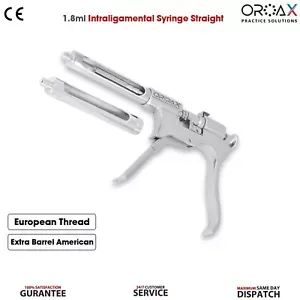
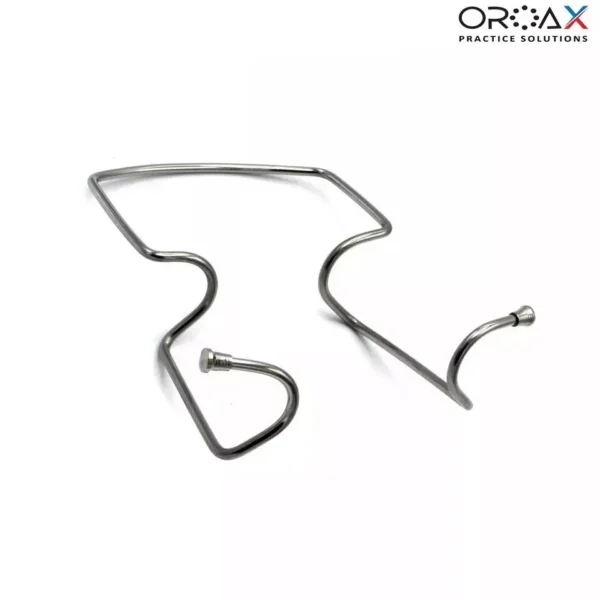
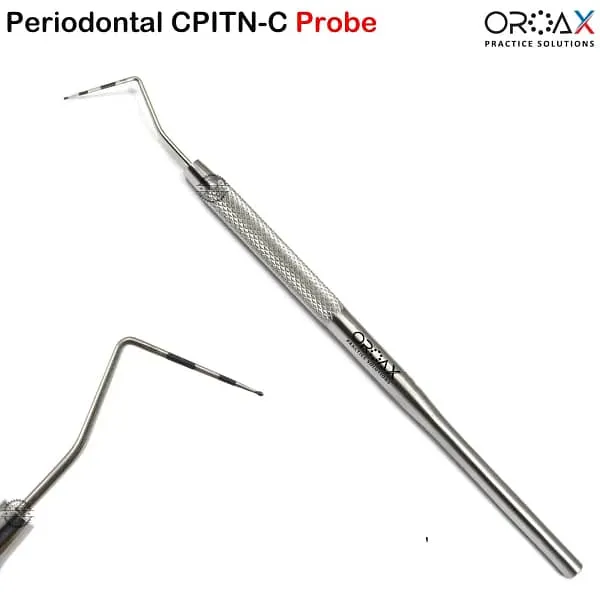
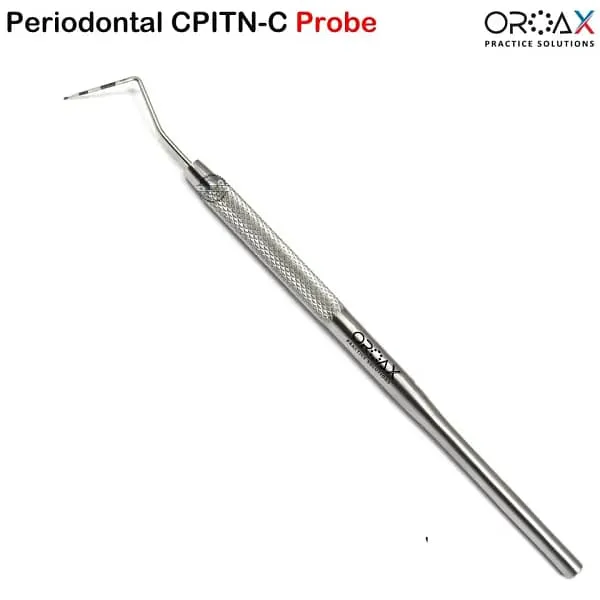
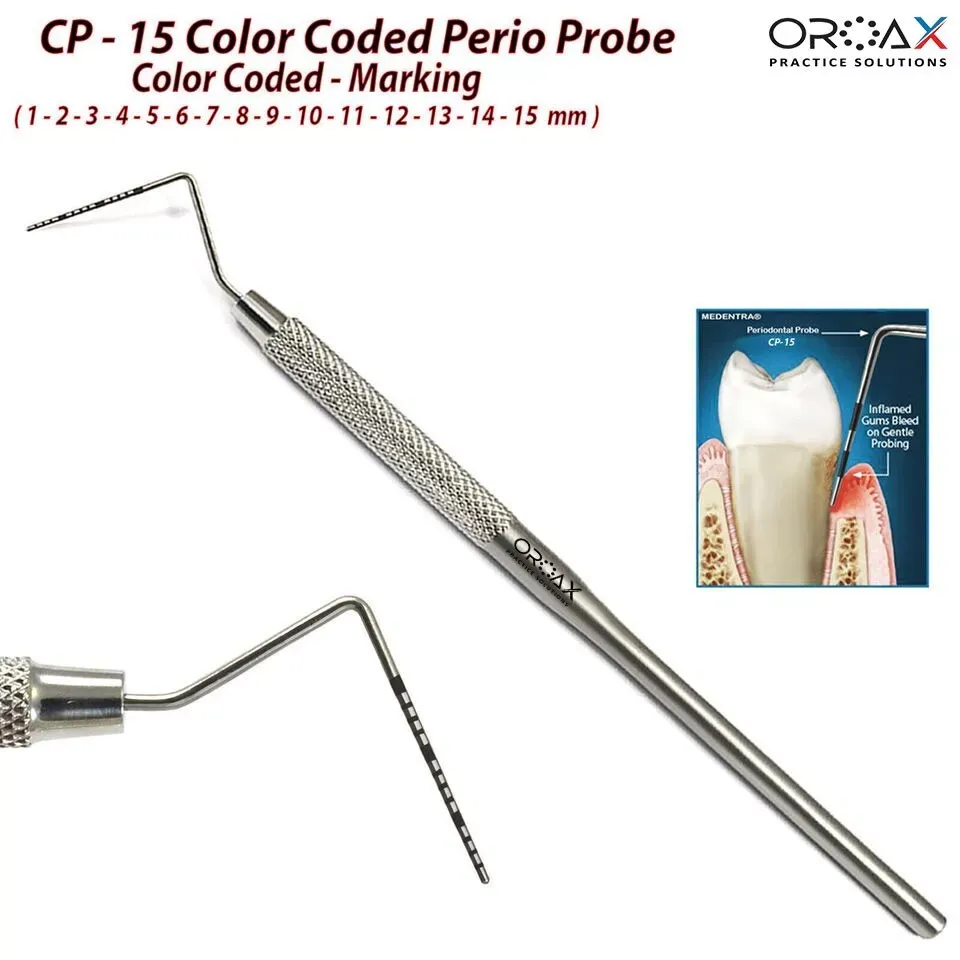
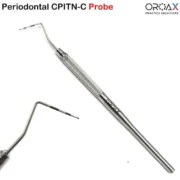
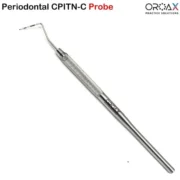
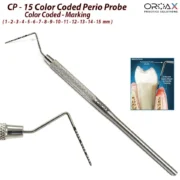
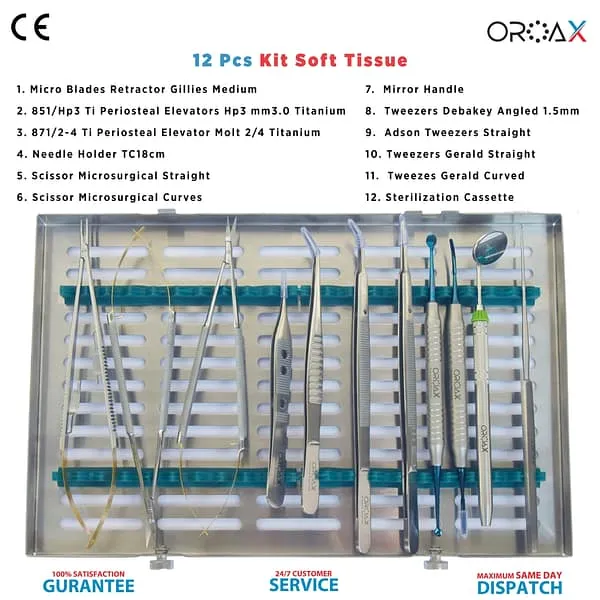
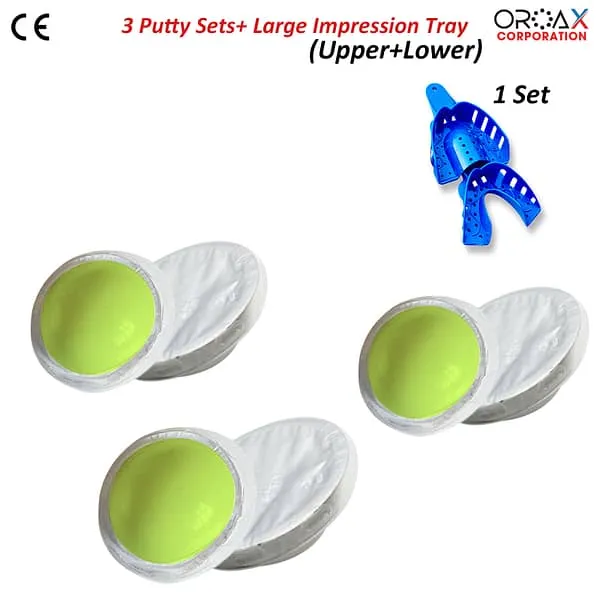

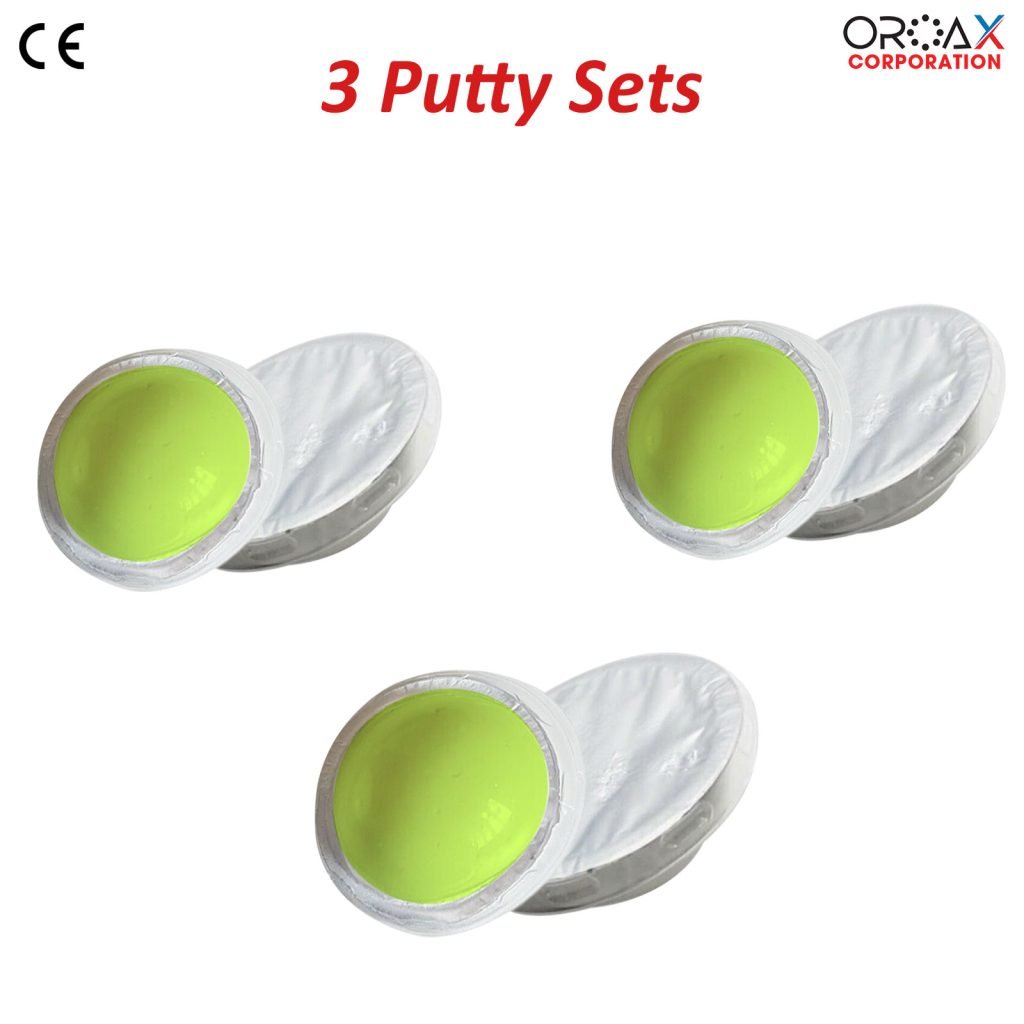
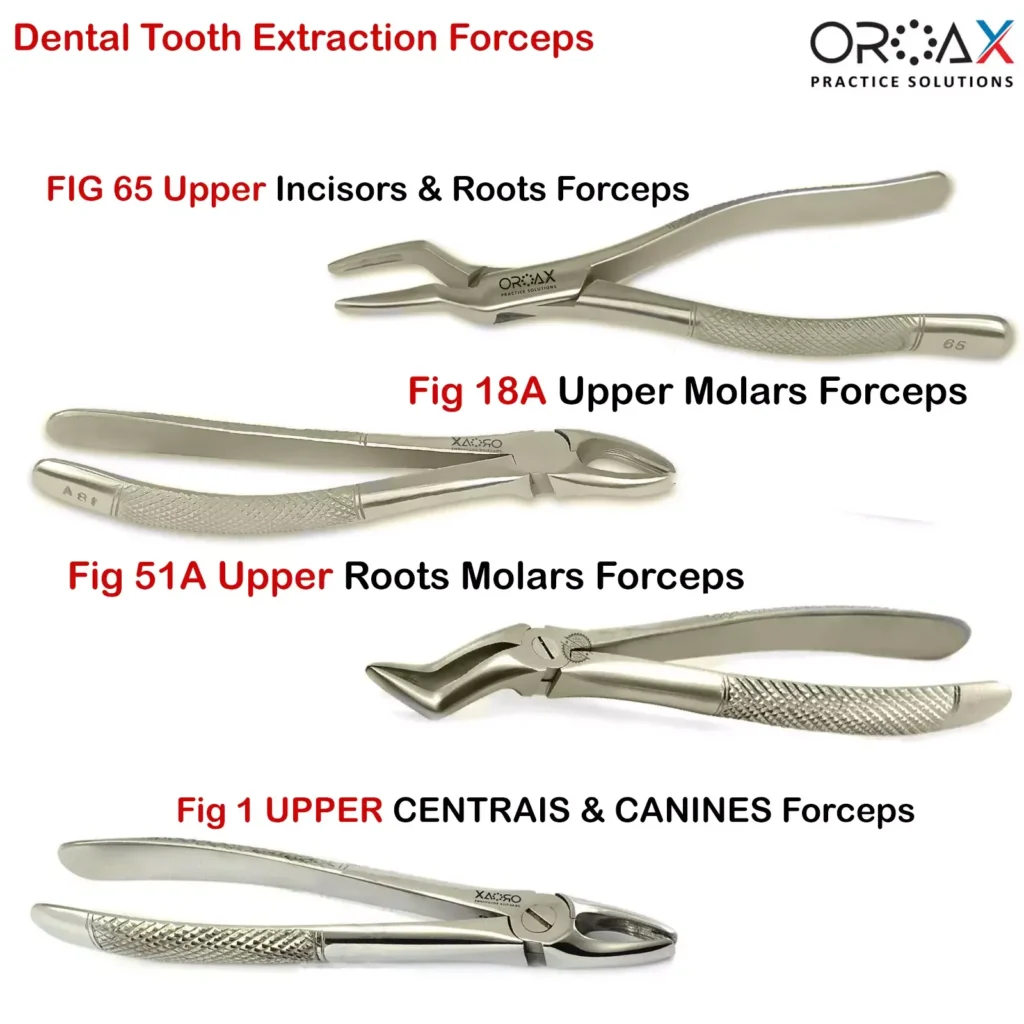
Reviews
Clear filtersThere are no reviews yet.